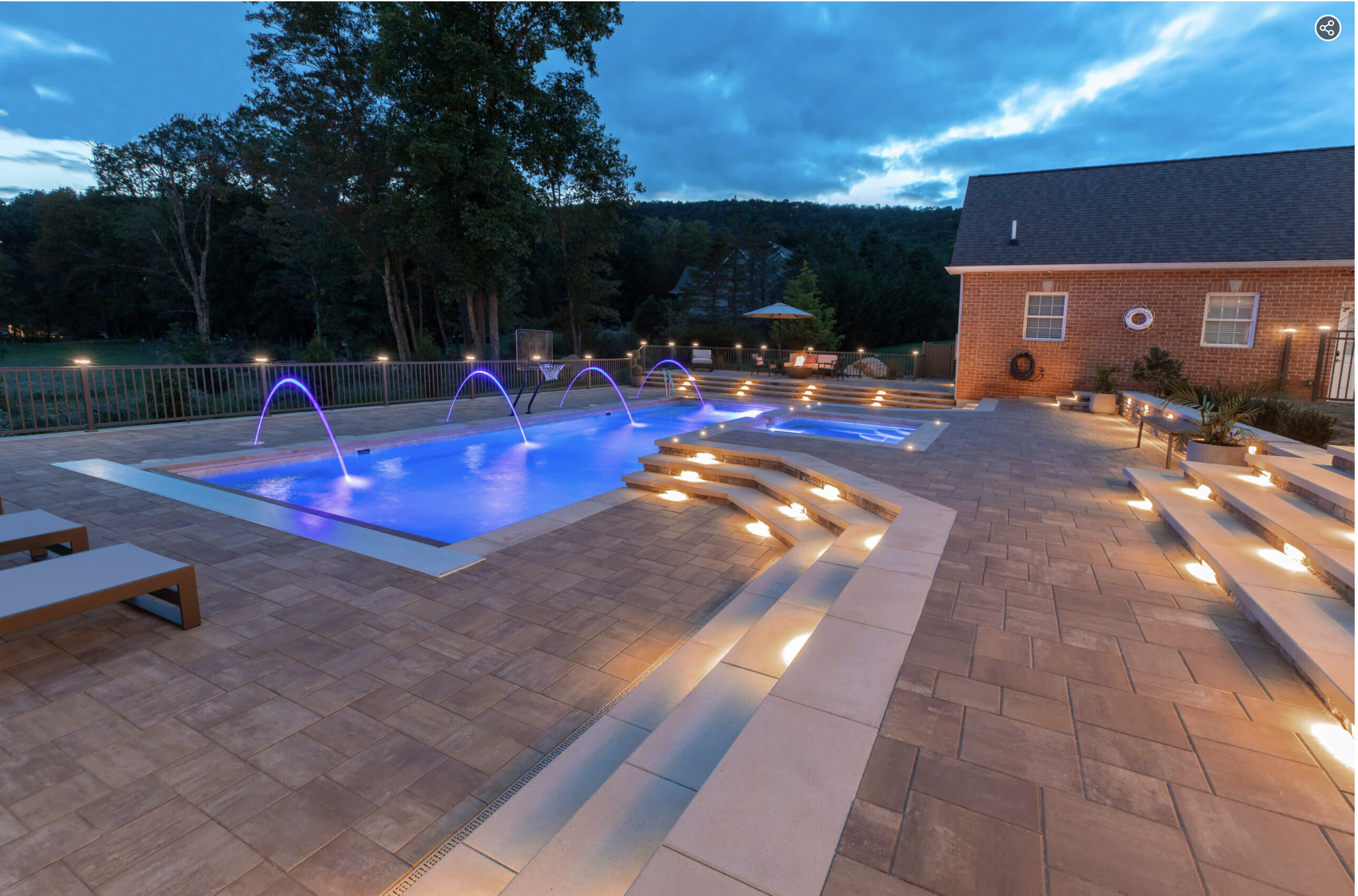6 Innovative Outdoor Lighting Techniques to Highlight Architectural Features in Montgomery County, PA
Outdoor lighting offers a powerful way to highlight the architectural features of any property. In Montgomery County, PA, where a mix of historic homes and contemporary structures often create visually diverse neighborhoods, outdoor lighting can enhance these architectural elements and bring out their beauty after dark.
1. Uplighting for Dramatic Effect
Uplighting is one of the most common and effective ways to create drama in an outdoor space. This technique places light fixtures at ground level, shining light upward onto walls, columns, or other vertical architectural features. When used on textured surfaces such as natural stone facades, uplighting enhances the details and adds depth to the structure. The focused beam of light not only highlights height but also brings out the richness of the materials used in the building.
2. Silhouetting for Bold Outlines
Silhouetting is a technique that emphasizes shapes and outlines rather than directly illuminating objects. By placing a light source behind an architectural feature or landscape element, this outdoor lighting technique creates a striking outline against the illuminated background. The bold contrast of light and shadow allows for dramatic visuals without overpowering the scene with direct light.
Silhouetting is often used to highlight architectural features such as statues, natural stone fences, or decorative doorways. The key is to use a well-placed light source that emphasizes the form of the object while leaving it partially obscured by shadows.
3. Shadowing for Soft Drama
While similar to silhouetting, shadowing is an outdoor lighting technique that uses light to create more subtle, softer effects. Instead of placing the light behind an object, the fixture is positioned in front of it, casting soft shadows onto walls or other surfaces. The result is a gentle layering of light and shadow that adds visual interest and depth to architectural features.
Shadowing is particularly effective when used with objects that have intricate details, such as wrought iron railings, trees with textured bark, or decorative window grilles. The shadows produced by this technique are dynamic, shifting slightly with movement, such as wind rustling through tree branches. This can create a soft, ever-changing atmosphere that brings outdoor spaces to life. Shadowing works well to create a more tranquil and intimate setting, focusing on texture and soft light rather than bold outlines.
4. Grazing for Texture Enhancement
Grazing is an outdoor lighting technique designed to bring out the texture of architectural surfaces by placing lights close to the wall and aiming them up or down at a steep angle. This method is particularly effective for highlighting surfaces made from natural stone, stucco, or wood, as it emphasizes the texture and detail of the material.
By casting light at an angle across the surface, grazing enhances the shadows and highlights, creating a three-dimensional effect that draws attention to the craftsmanship and natural beauty of the materials. Grazing is often used on tall, narrow surfaces such as chimneys, columns, or textured walls, adding a sense of depth and interest to the architecture. It works well when combined with other outdoor lighting techniques to create a layered and dynamic look throughout the space.
5. Moonlighting for a Natural Glow
Moonlighting mimics the soft, natural glow of moonlight by placing light fixtures high in trees or other elevated structures and aiming them downward. This outdoor lighting technique creates a gentle, diffused light that bathes the area below in a soft glow, much like natural moonlight. Moonlighting works well for areas where a serene, calming ambiance is desired, such as paver patios, walkways, or seating areas.
6. Wall Washing for Even Illumination
Wall washing is an outdoor lighting technique that provides even illumination across large, flat surfaces by placing light fixtures at a distance from the wall and angling them to cover the entire surface evenly. This method is useful for highlighting broad areas like facades, natural stone walls, or fences, giving the building a balanced, uniform look.
Rather than emphasizing specific architectural details, wall washing focuses on the overall appearance of the structure, making it appear more prominent and inviting after dark. This technique can also be used in conjunction with other landscape lighting methods to create a multi-layered lighting design that adds depth and interest to the outdoor space.
Related: Selecting Fixtures for Ambient Outdoor Lighting in Montgomery County, PA: A Contractor's Guide
Whether you’re a professional who knows what you need for your fire feature project or a DIYer who wants material selection assistance, our experienced team makes it easy to get everything to start and complete your landscape project.

